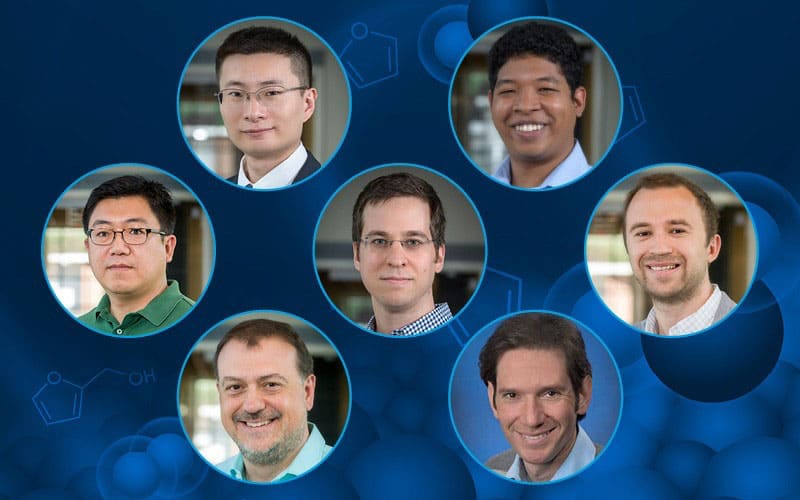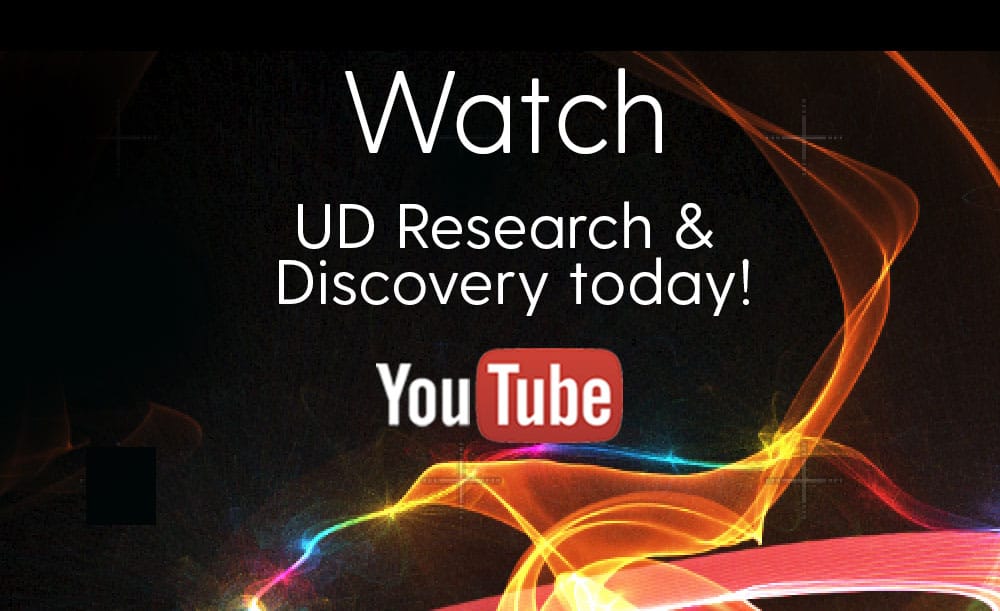RESEARCH
DISCOVERY
A Blog Devoted to UD Innovation, Excellence & Scholarship
COVID-19
Putting the Pandemic in Perspective
UD Prof. Joanne Miller says people feeling a heightened sense of lack of control or uncertainty in the face of the coronavirus (COVID-19) global pandemic would be more likely to potentially go to conspiracy theories as a way to regain some of that control.
Whether explaining U.S. coronavirus testing rates, noting the need for caution in using computer models to predict patient care or stressing the importance of social distancing, University of Delaware’s Jennifer Horney has been a voice of authority in the national media, answering pressing health questions and putting the issues related to the COVID-19 pandemic in perspective.
This is an area that Horney — the founding director of the Epidemiology program in the College of Health Sciences — knows well. She has trained rapid response teams around the world to respond to outbreaks of novel and re-emerging diseases, such as Influenza A H1N1.
In addition, Horney’s research focuses on the impacts of natural disasters on public health, as well as linkages between disaster planning and the actions communities and individuals take to prepare, respond and recover. She is also core faculty at the Disaster Research Center.
As a result of her expertise, Horney has been sought out by several news organizations in recent weeks, including National Geographic, Scientific American and CNN.
“Dr. Horney has been an excellent addition to the College of Health Sciences and the University of Delaware for the expertise she brings in epidemiology,” CHS Dean Kathleen S. Matt said. “Her facilitation of the translation of research into models can then inform a more scientifically based approach to our response to health challenges such as the one we are experiencing now with COVID-19.”
Horney recently answered questions about COVID-19 and her experiences as an epidemiologist.
Q. How does the coronavirus pandemic compare with other issues you’ve tackled before?
I also have been part of public health teams that responded to a number of major hurricanes, including Katrina, Irene, and Harvey. I think that natural disasters are somewhat different as they, at least for the most part, encourage a sort of social cohesion where people tend to come together. With a communicable disease where we are being asked to socially distance ourselves from our friends and neighbors, that type of social support is missing and that loss is being felt by individuals and communities.
Q. What kind of efforts help people to take their role in reducing the spread of the pandemic seriously?
However, there are early signs that social distancing is starting to work. The number of days that it takes for the number of cases to double has been slowly increasing, with some models showing it reaching four days just in the last 24-48 hours.





